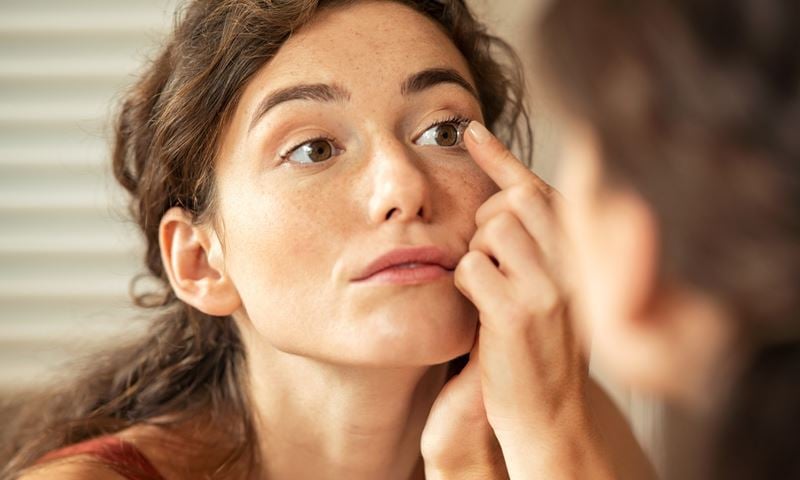Keeping an eye on kids’ vision
Did you know that it is estimated 1 in 5 Australian children have some type of undetected vision problem? Changes to lifestyle habits such as increased screen time, increasing levels of near tasks and less time being spent outdoors is only seeing this number increase. As a parent this can be worrying. Here, GMHBA optometrist and father Daniel Strachan, shares his expert advice on what you can do to keep an eye on your children’s vision.
Shining a light on the problem
Vision issues are increasing in Australia and throughout the world. Even with excellent distance vision, there is the possibility of many other hidden issues. These are often subtle and hard for parents and teachers to spot. These problems however can limit a child’s classroom performance and learning potential.
Most visual problems, once identified, can be easily remedied. It is therefore strongly encouraged that all children have a comprehensive eye examination before starting school and then every two years as they progress through their schooling years.
Look for the signs
There can be signs that your child has a vision problem:
- Squinting
- Headaches
- Frequent blinking
- Poor reading skills
- Poor concentration
- Sitting too close to the TV
- Holding a book very close
- Covering or closing one eye
- Complaints of blurred or double vision
- Strong aversion to having one eye closed or covered
- One eye turning in or out while the other points straight ahead
If you observe any of the above, it’s time to book your child in for a full vision and eye health assessment.
What does a children’s eye test include?
Optometrists can perform eye tests for children of any age, even newborn babies. The earlier that eye problems are detected and treated, the higher the chance of a better outcome for the patient.
During an examination we will thoroughly check your child’s eye health, whilst also fully evaluating their vision, focusing ability, and eye alignment to ensure they can see clearly and comfortably without any undue effort or stress.
Children can often feel a little anxious about their first eye test. You can help to ease their concerns by explaining why eye tests are important and letting them know what to expect.
A comprehensive eye test takes around 30 minutes and includes an examination of the following:
- Distance and close vision
- The movement and function of the eyes independently and together
- Colour vision
- Developmental stage of the eye
- Eye health
Medicare subsidises the cost of most eye tests performed by an optometrist. Any additional costs, such as for eye health photography or prescription glasses, will be discussed at the time of your appointment.
See the expert
Our team of optometrists at GMHBA Eye Care are highly experienced in examining children’s eyes and can help with early detection and treatment of many types of eye problems.
Should your child need glasses, our eye care practices stock a huge range of child-ready eyewear and our dispensers are always available to help with the selection.
About the Author
Daniel Strachan is a GMHBA Eye Care optometrist, graduating from Deakin University in 2015 with a Bachelor of Vision Science/Master of Optometry. Daniel enjoys all aspects of optometry but particularly enjoys the areas of kids’ vision and contact lenses. He is a keen sportsman with a big love of AFL, cricket, basketball, surfing and swimming. He is married with three children and a Border Collie that keep him busy.



